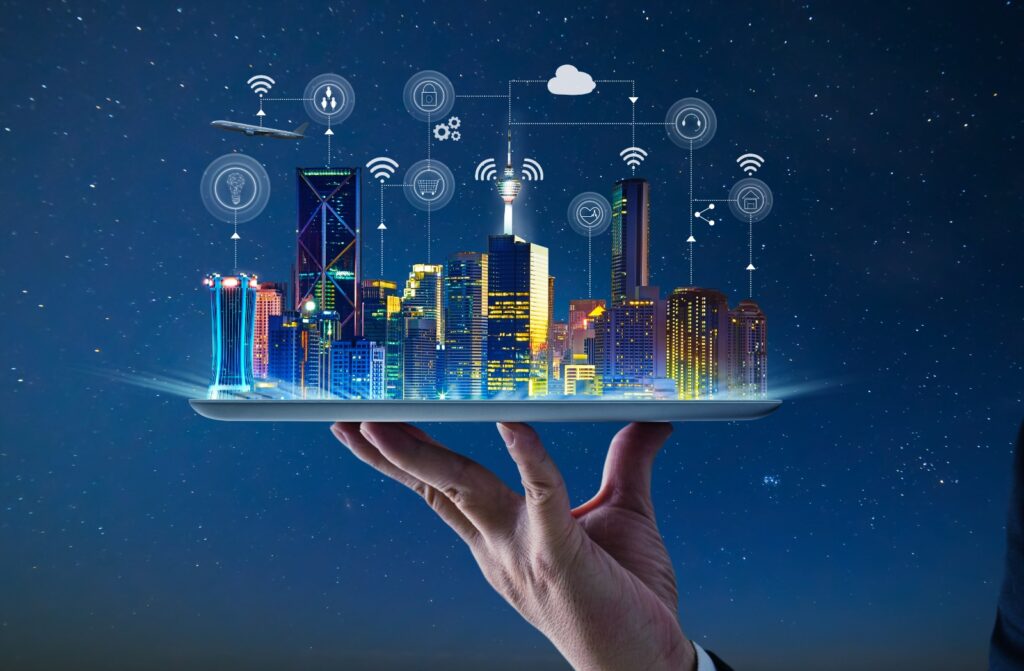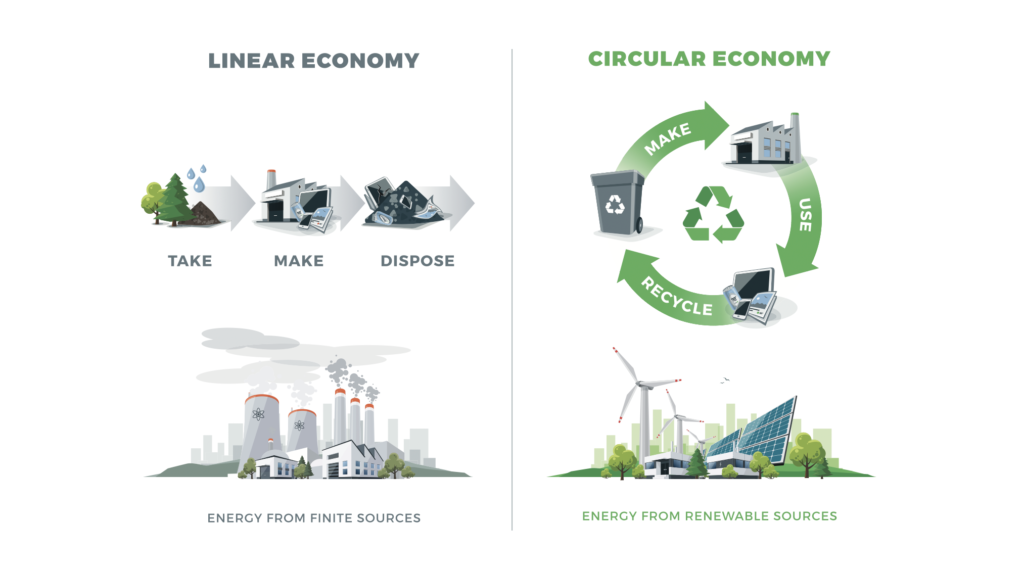Source: Pexels
Text by: Katreena Sarmiento
The rise of technological innovation has been gearing companies towards utilizing new technologies for sustainable purposes. Over the past few years, it’s evident that less wasteful production methods as well as smart data collection empower businesses to maximize their resources. With their help, societies can realize economic well-being based on solidarity without compromising the ability of the next generations to meet their needs.
Investing in long-term net-zero initiatives and other green technological solutions is proven to be highly valuable for businesses as it does not only do good for the environment but also allows them to realize savings that they might not even know is there in the first place. Some of these solutions are clean energy technologies (i.e., solar, wind, and biofuels), energy-efficient water purification, and organic electronics among others. These further ensure the continuity of industries that have been suffering from the blows of the COVID-19 pandemic. Below are some sustainable technologies that can help industries move forward.
Digital Technology. The power of digital has been highlighted especially with the ongoing health crisis where people have been forced to transact in their homes. It has helped sustain interaction which is vital in economic activities. Digital communication tools allowed work-from-home setup, encouraged paperless organizations, cut travel emissions, and even facilitated collaboration of service providers around the globe. Though, it must be noted that access to digital technologies is still unequally distributed both within and outside country borders. This is why the ‘gig economy’ cannot just flourish anywhere since the workers in this setup aren’t also protected against possible losses in income.

It is also no secret that some of the major contributors to greenhouse gas emissions are cryptocurrency mining and large data centers. The ICT industry actually has a carbon footprint at par with the aviation industry. People should therefore look at things beyond what the naked eye can see. Travel emissions may have lessened, but digital activities have increased. Other concerns include e-waste and use of modern slavery which has put digital supply chains under heightened scrunity.
Despite the aforementioned challenges, sustainable digital technology can do wonders in several industries. Sustainable development can ultimately be achieved by ensuring that digital systems are designed, manufactured, managed and used in a way that minimizes environmental and social impact. There are a lot of things that sustainable digital technology touches on such as supply chain sustainability, resource management, employment, climate change, etc. Businesses should give more emphasis to creating sustainable solutions to regulate the unprecedented growth in data and devices especially with the continuous development of the Internet of Things (IoT). This might be a grand ask but sustainable digital technology carries great potential to significantly cut carbon emissions through development of smarter cities, next-generation distributed grids, Artificial Intelligence (AI), robotics, and the like which should be monitored real-time and updated regularly. These also support SDGs 7 (Affordable and Clean Energy), 9 (Industry, Innovation, and Infrastructure), 11 (Sustainable Cities and Economies), 12 (Responsible Consumption and Production), and 13 (Climate Action).
Supply Chain Transparency. As people become hyper aware of environmental concerns, hyper transparency is also slowly being demanded from organizations to unravel what really goes on in supply chains. There has been a growing insistence for further transparency and accountability in all stages that products and services undergo, driving companies to be more mindful of and reevaluate their systems that impact the environment.

Networked supply chain data analytics and insights are feasible now through new technologies. This will allow companies to track quality data and even map out entire supply chains, accurately measuring environmental footprint of various products. Therefore, they must make their supply chains more adaptable to dynamic economic and environmental disruptions as well. This can be done through automation and robotics, optimizing warehousing and inventory management which basically involves less people and packaging. With the pressure to improve environmental, social, and ethical performances, smart businesses should look into more ways to maximize their value while minimizing their impact and clearly define what needs to be included in their respective supply chain transparency reports for a consolidated movement towards sustainability.
Circular Economy. There are tons of physical goods that different companies offer to a wide range of consumers. These include appliances, electronics, and toys among others. Today, companies are encouraged to glean new insights about the life cycle of their products in order to come up with new methods on how to prolong or recycle their use. This approach led to the concept of a circular economy among manufacturing companies. Once they acquire relevant data from their products that have been used, they incorporate these into the next development phase which is less wasteful as they are guided exactly on what to improve.

Though, this is only one of the many cases where circular economy can be applied. It is not just limited to the reuse of material resources upon thorough research and redevelopment. It also stresses the use of renewable energy resources such as biogas, solar and wind energy. After all, resources are valued the most in this concept. The process of turning wastes into resources that come from nature repeats with the use of principles like the 3Rs. Assessment of the environmental impact of products and services must therefore be given higher attention to come up with more innovative products such as eco-friendly rings that can be recycled and can still answer to the needs of respective target consumers. The concept of circular economy simply inspires new technologies to directly address the present waste recycling rates and consumption of fewer resources moving forward.
Technology will continue to change how industries work. More organizations and businesses should tap into the potential of emerging technologies and concepts to offer their audiences a sustainable way of life. The consistent research, evaluation, and actualization of innovative products and services will allow generations to enjoy what earth has to offer without guilt. This will require great work which includes a lot of systems thinking and even trial and error methods, but the outcome would certainly be worth it with a firm vision of a sustainable future in mind.
For more articles on sustainability and climate change, check out our Asian Geographic Issue No. 134 01/2019 ‘The Taste of Waste‘ environment issue here or download a digital copy here!











